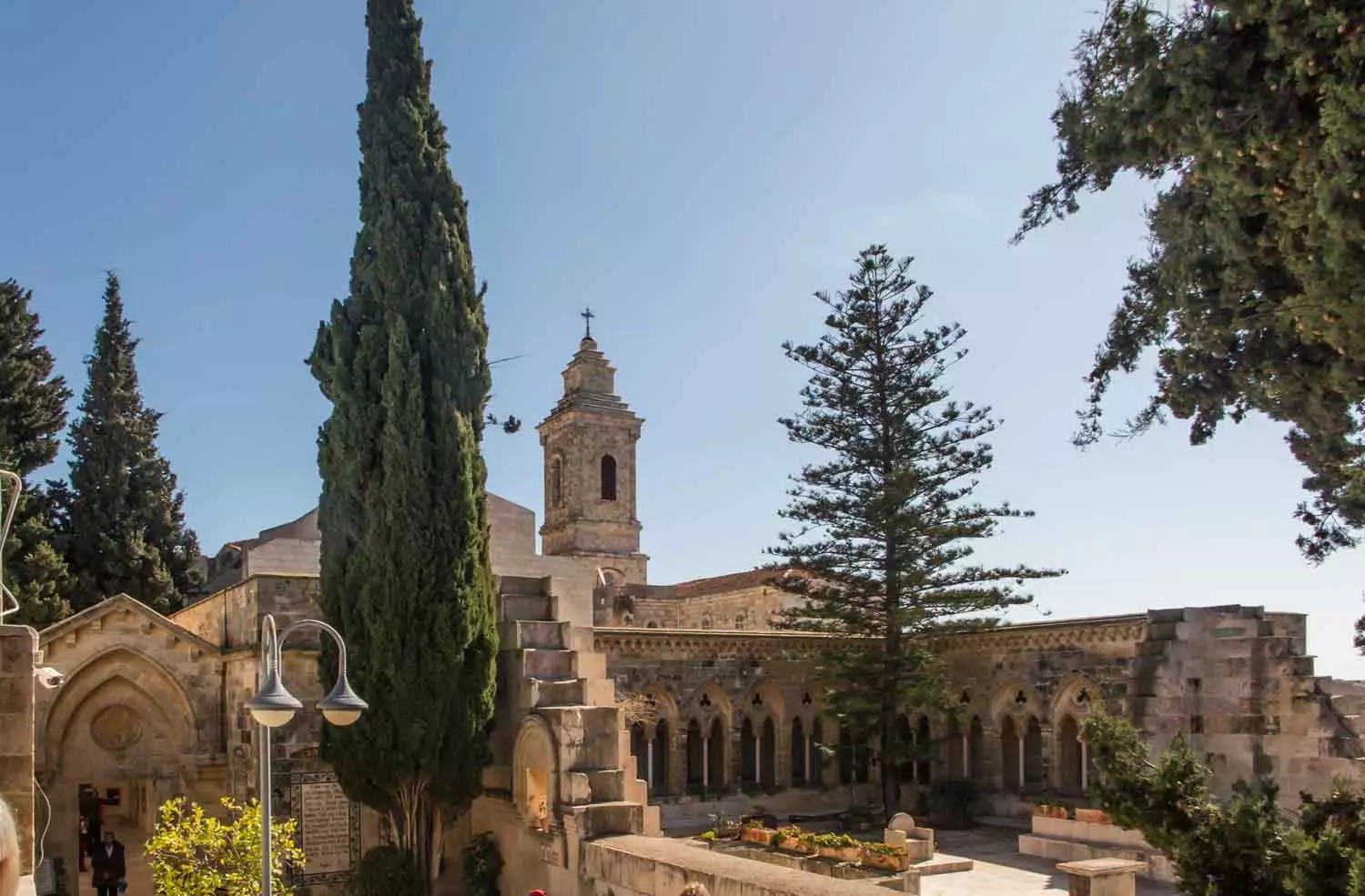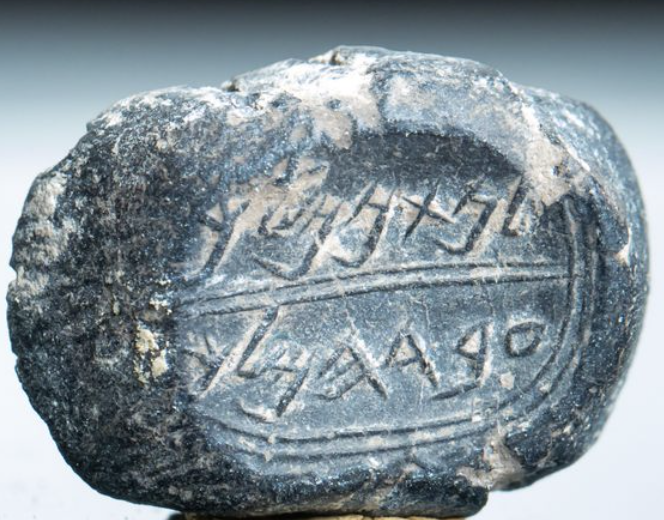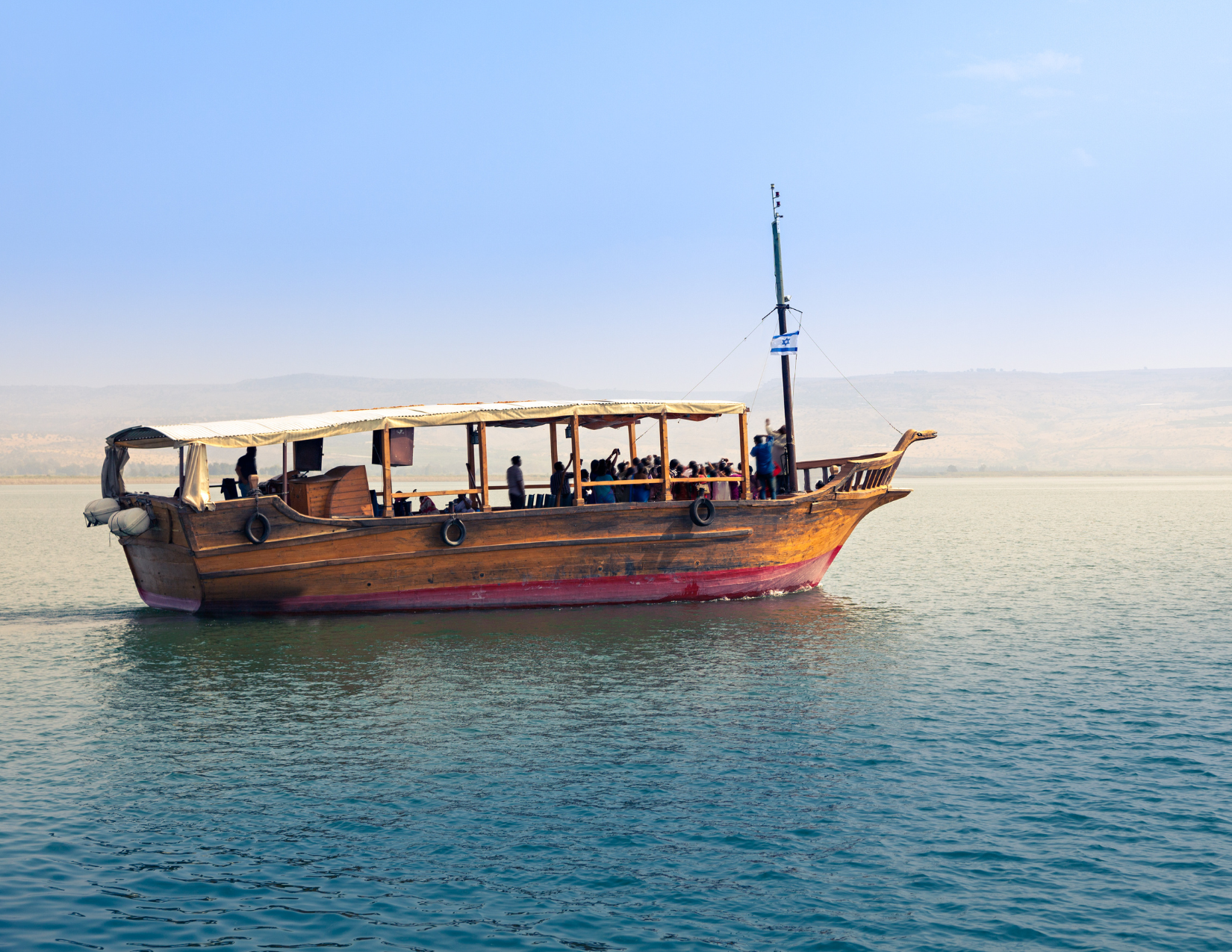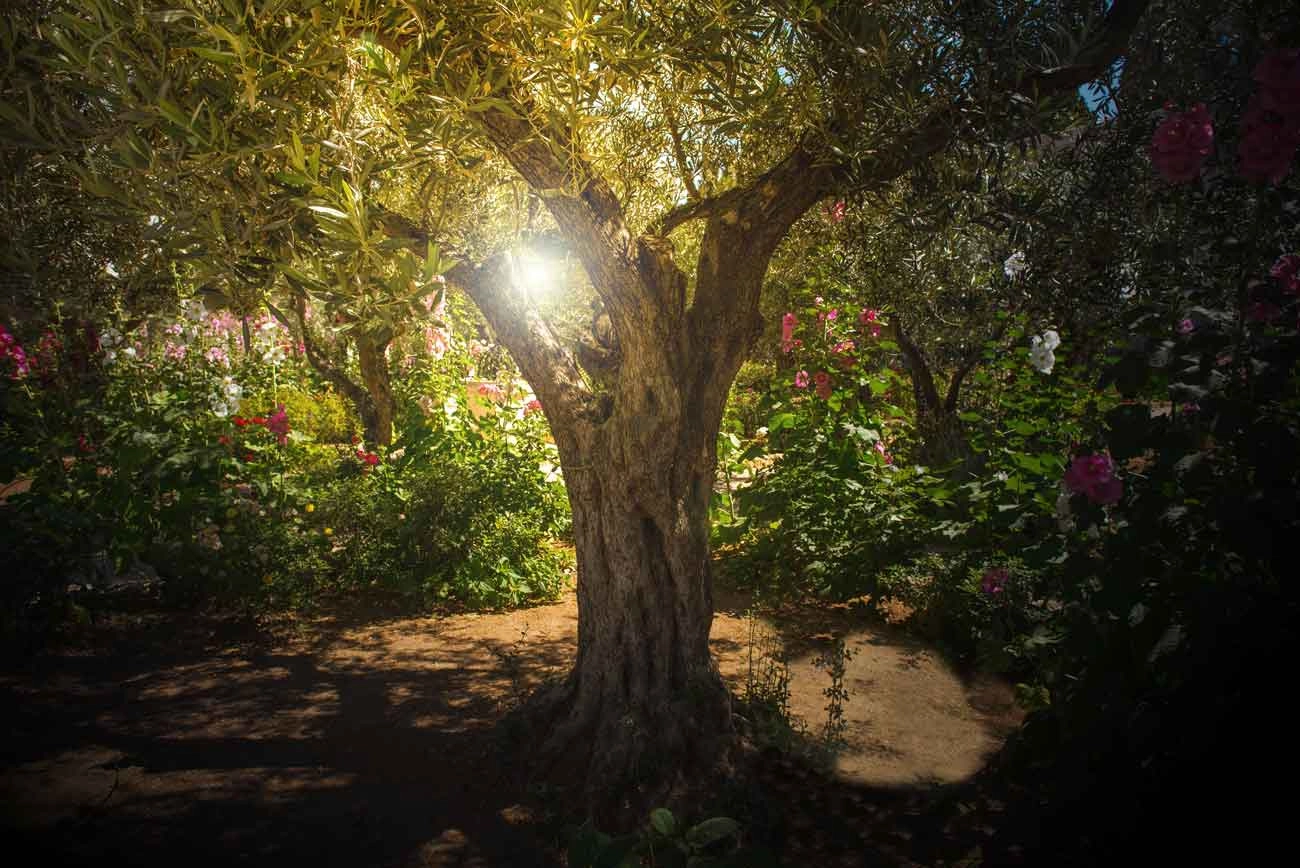There are many churches in Israel commemorating sites of events throughout the Bible. The well known churches of the Holy Sepulchre, the Church of the Nativity, the Church of the Nutrition, and the Church of All Nations, just to name a few. There is one church that often does not get the same attention but was actually one of the first church sites located and established by the mother of Constantine, Helena. The Church of Eleona.
Helena’s Pilgrimage
Helena took her pilgrimage to the Holy Land in the year 326-328. Her son, the emperor Constantine, had given her unlimited resources to locate relics and sites related to Christianity. Her travels were not only recorded by the Roman history, but also by a great early Christian leader and historian, Eusebius of Caesarea.
While she was looking for the True Cross, part of which is still thought by some to be stored at the Church of the Holy Sepulchre, she also was guided to many other places of interest that had been revered, visited and passed down from generation to generation.
While on her journey, Eusaebius recorded that she was personally responsible for the building of the Church of the Nativity and the Church of Eleona.
The Church of Eleona
The Original Church
The Church of Eleona was also called the Church of the Disciples. It was built over a cave that was thought to be where Jesus Ascended from on the Mount of Olives. The church was referred to in a pilgrimage diary around 333 AD.
The Helena-commissioned church stood for nearly 300 years, until it’s complete destruction by the Persians in 614 AD.
The Crusader Church
The site of the Church of Eleona, though destroyed, was still associated with Jesus, though the time had changed its focus. Now it shifted to being about the teaching of the Lord’s Prayer. They called their church Church of the Pater Nastor. A small church was built on the site in 1152, but then was heavily damaged 1187. By the mid-14th century, the structure and site fell to complete ruin.
The Church of Today
Eventually the ruins of the original structures were used for other purposes such as tombstones. The land was always remembered to have a church previously on it, and a convent church was built on the property after being acquired by an Italian princess during the 1870’s and again named Pater Nastor. Princess Aurelia Bossi, the princess who purchased the property, eventually was buried there and remains there today.
Eventually in 1910, the original church foundations were finally discovered. An effort was made to rebuild the church, but then funds ran out. The church remains 100 years later, unfinished, but not forgotten. You can see bits of the original 4th century stonework and a 1st century tomb that is part of the site. You can also peer down into the cave.
One interesting part of the facility that many enjoy is the Lord’s Prayer written in over 100 languages. Not only is there a long hallway of these ornate prayers, but you can also take home a depiction of these prayers in the convent gift shop. This beautiful site is a hidden gem!
If you would like to tour the Holy Land, please
fill out an information request and we would be happy assist you!







